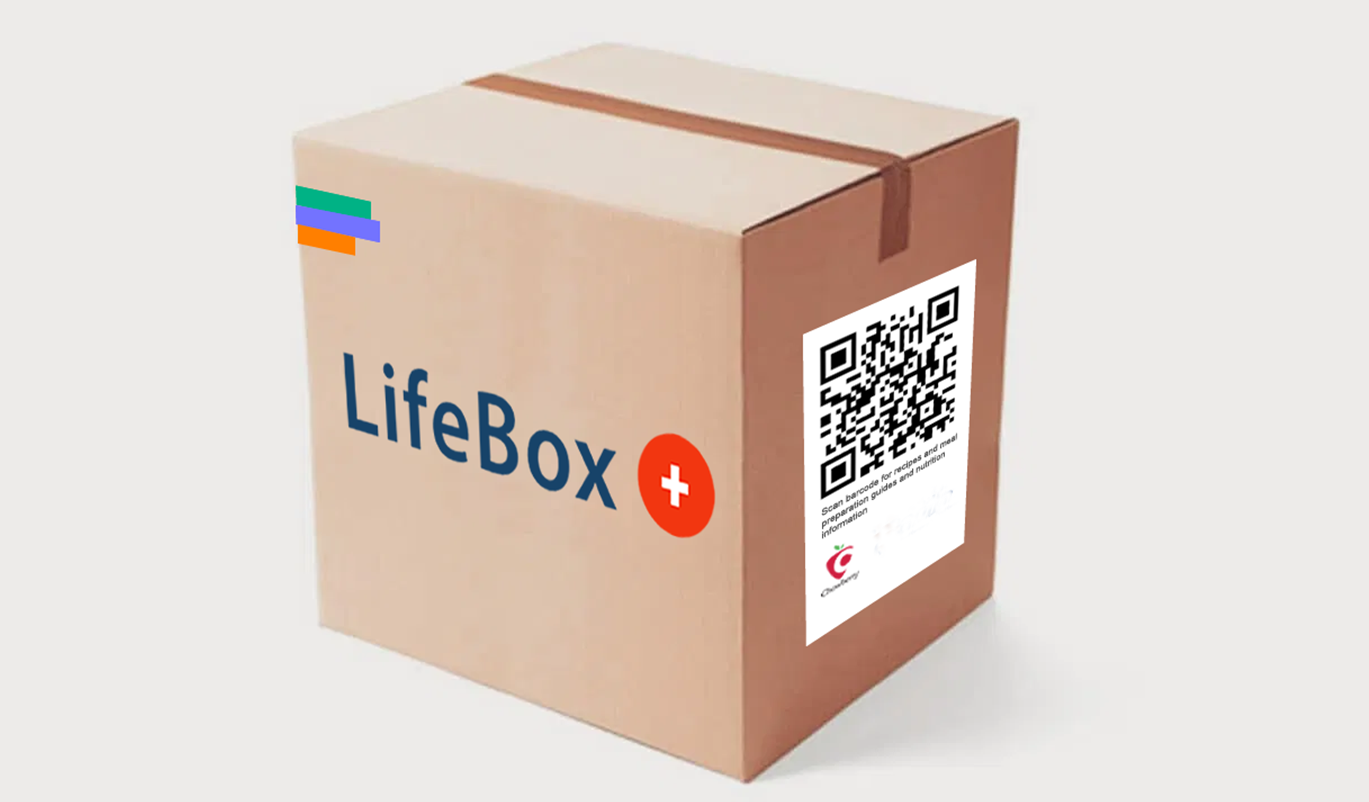“LifeBox” is a digitally enabled meal box program to improve health and wellbeing by Chowberry Foundation, a US-based 501(c)(3) non-profit designed to empower feeders in vulnerable populations in the U.S with access to affordable healthy nutritious food while educating beneficiaries on healthy eating habits that lead to better health outcomes.
“LifeBox” is hinged on four (4) main pillars namely; a.) Improved access to nutritious food, b). Mobilization for action. c). Education on health and sustainability and d). Data
Leveraging the Chowberry technology, vulnerable individuals will be mapped to discount affordable nutritious food at risk of waste from vegetable gardens such as “Chef Gardens” (TBC) delivered as DIY Meal kits with matching nutritional information and preparation instructions activated by scanning the QR code on Lifebox using the Chowberry smartphone app. This will foster healthy and sustainable diets while educating beneficiaries on nutritional values and its connection to health outcomes.
